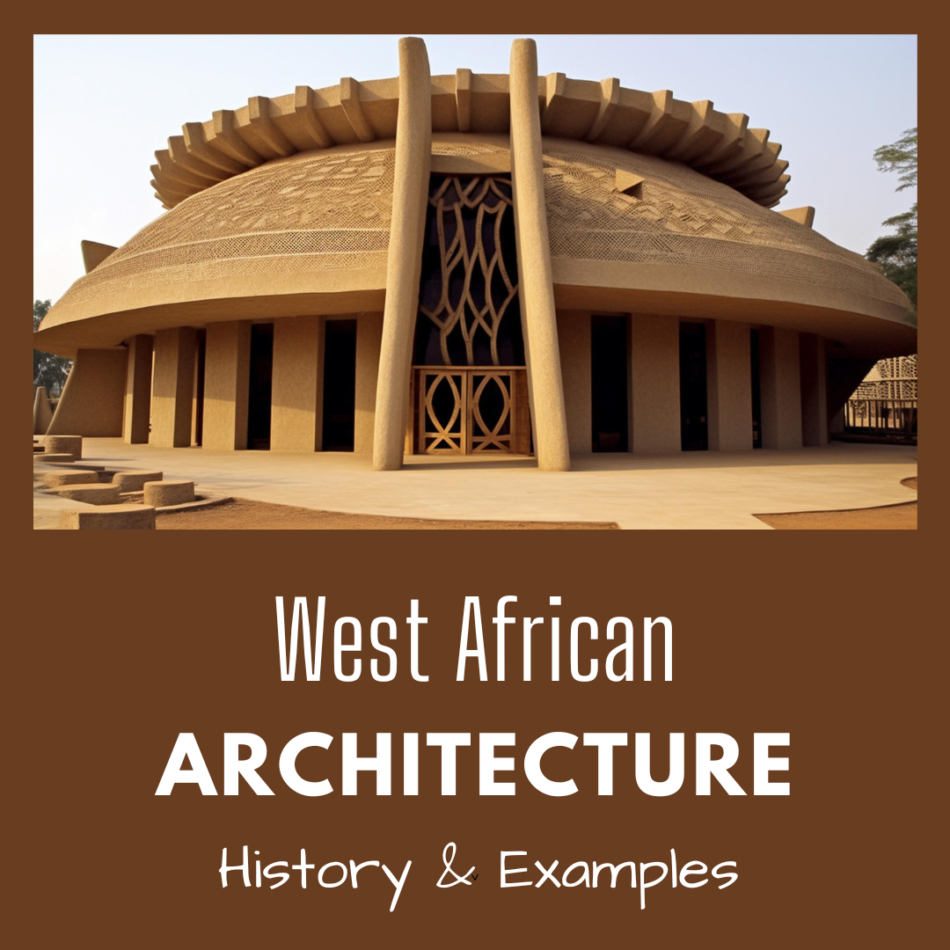West Africa, a vast region that stretches from the Sahel in the north to the Gulf of Guinea in the south, boasts a rich tapestry of cultures, languages, and histories. Naturally, its architecture reflects this diversity, presenting an intricate dance of form, function, and symbolism. This article will dive deep into the history of West African architecture and present some outstanding examples from the region.
Historical Overview
West African architecture is characterized by its adaptability to the region’s diverse environments, from the arid Sahel to the humid coastal regions. Over the centuries, builders have developed techniques to not only withstand the climate but also to represent societal values, religious beliefs, and aesthetic preferences.
- Pre-colonial Period: Before the arrival of European colonizers, West African societies had developed several architectural traditions. The empires of Mali, Songhai, and Ghana, for instance, had urban centers with grand palaces, mosques, and fortified walls. The materials varied from mud to stone, depending on availability and the prevailing environmental conditions.
- Colonial Era: The colonization of West Africa introduced European architectural styles. While many indigenous structures were replaced, the blend of European and African styles resulted in unique hybrid designs. Many colonial-era buildings still stand today, showcasing a mix of European elegance with African motifs.
- Post-colonial Era: Post-independence, as West African nations sought to assert their identities, there was a resurgence of interest in indigenous architectural styles. Modern buildings started incorporating elements from traditional designs, establishing a beautiful blend of the ancient and the contemporary.
Examples of West African Architecture
- The Great Mosque of Djenné, Mali: This UNESCO World Heritage site stands as a testament to Sudano-Sahelian architecture. Built entirely of sun-dried mud bricks and mud mortar, the mosque showcases towering minarets and wooden protrusions, which serve both as aesthetic additions and functional scaffolding for maintenance. The annual re-plastering of the mosque has become a communal activity, reflecting the deep cultural significance of the structure.
- Kano City Walls, Nigeria: Constructed as early as the 11th century, these walls served as a fortress, protecting the inhabitants of Kano. Spanning a distance of about 14 km in circumference, the walls were constructed using mud and are a prime example of pre-colonial urban architecture in West Africa.
- Larabanga Mosque, Ghana: Often referred to as the ‘Mecca of West Africa,’ this mosque is another brilliant example of Sudano-Sahelian architecture. Built with packed earth and reeds, its design includes two tall towers in pyramidal shape, one serving as a minaret and the other as a mihrab.
- Ashanti Traditional Buildings, Ghana: The Ashanti Kingdom’s traditional buildings are unique with their use of timber framing filled with woven bamboo and plastered with earth. The walls and facades of these buildings are adorned with symbolic motifs that depict proverbs, historical events, or the beliefs of the Ashanti people.
- Modern Architecture in Abidjan, Côte d’Ivoire: As a nod to the post-colonial era, Abidjan showcases a blend of modernity with traditional motifs. The skyline consists of skyscrapers, residential complexes, and public buildings that utilize glass, steel, and concrete but are interspersed with design elements drawn from Ivorian history and culture.
Influence of Religion on Architecture
West African architecture is heavily influenced by the region’s religious beliefs. Islam, introduced to West Africa around the 7th century, greatly influenced the architectural landscape, especially in the Sahelian zones. This is evident in the numerous mosques built using indigenous materials and techniques.
In other parts, indigenous religious beliefs translated into unique architectural forms, such as the shrine houses in parts of Togo and Benin. These structures, often circular and made from clay and thatch, are designed to host deities and ancestral spirits.
Conclusion
West African architecture is a beautiful amalgamation of history, culture, religion, and environment. While modernity has brought in new materials and techniques, the essence of traditional designs persists. This blend of the old and the new not only makes the region’s architecture stand out but also tells a story of resilience, adaptability, and a deep-rooted sense of identity. As the world becomes increasingly globalized, it’s essential to celebrate and preserve such architectural treasures that provide us with tangible links to our past and insights into diverse cultures.









